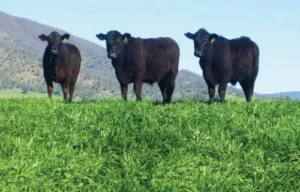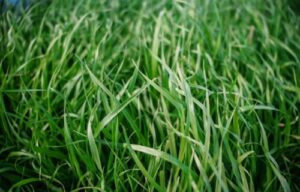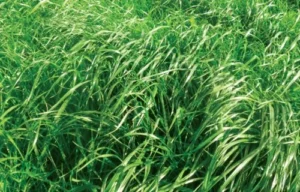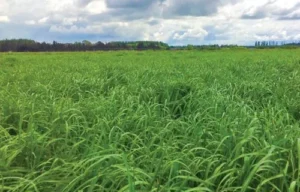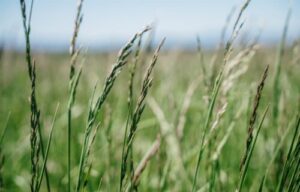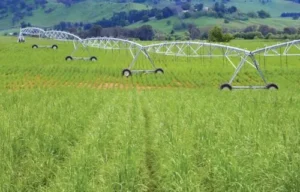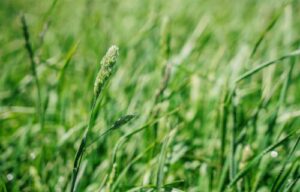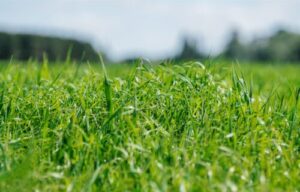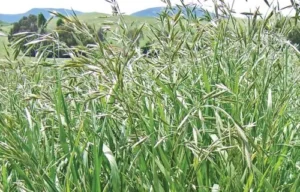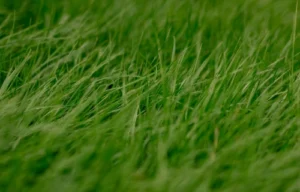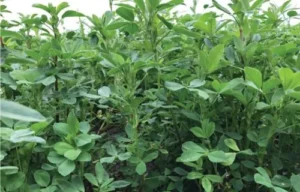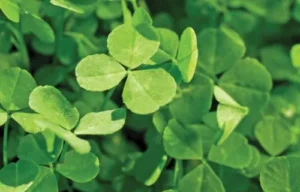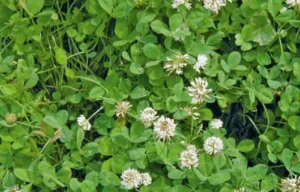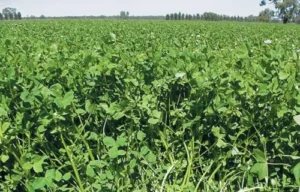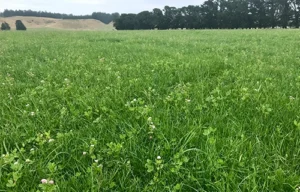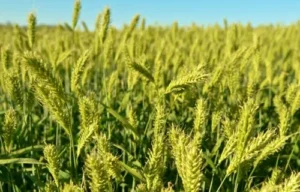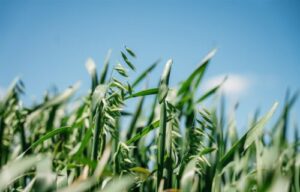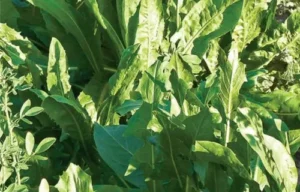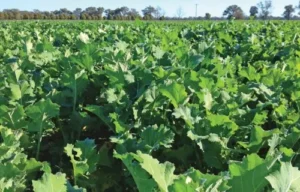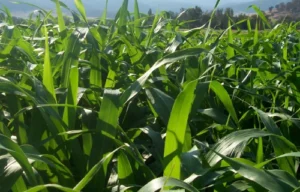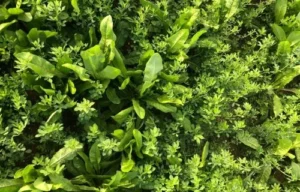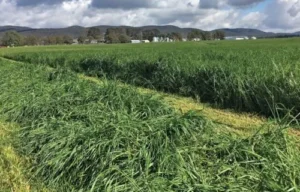AberClaret
Red Clover
AberClaret is a very productive, semi-upright Red Clover with excellent spring and summer growth and provides high yields of protein-rich forage.
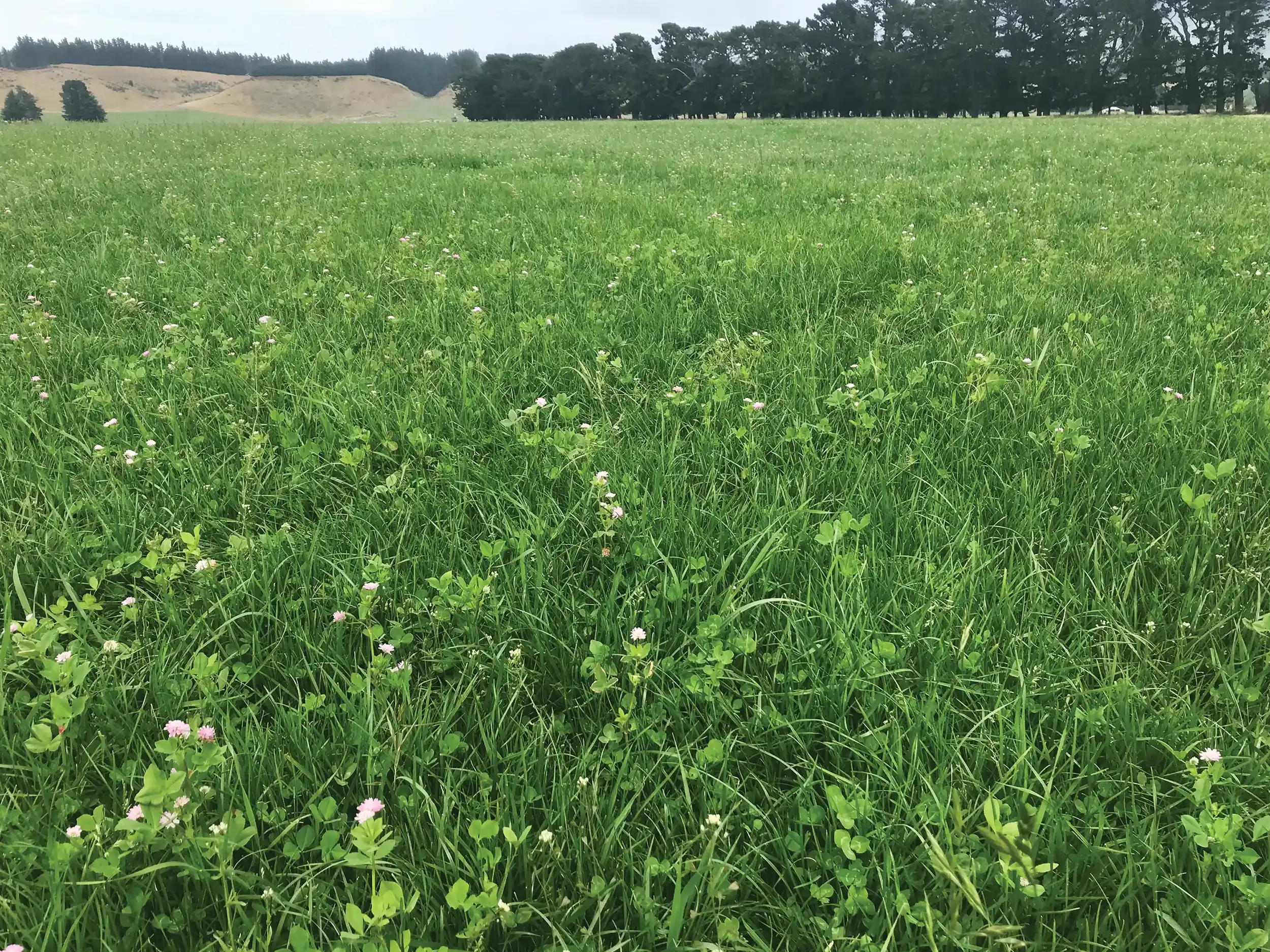
Scientific Name

Trifolium pratense
Sowing Rate

8 – 12 kg/ha
Blend Rate

4 – 6 kg/ha
Leaf Size

Large Leaf
Seed Size

528,000 seeds per kg
Source: Pasture varieties used in NSW 2006-2007, Bev Zurbo, 2006
Activity

Spring & Summer
AberClaret grows best in spring and summer, with good levels of winter production.
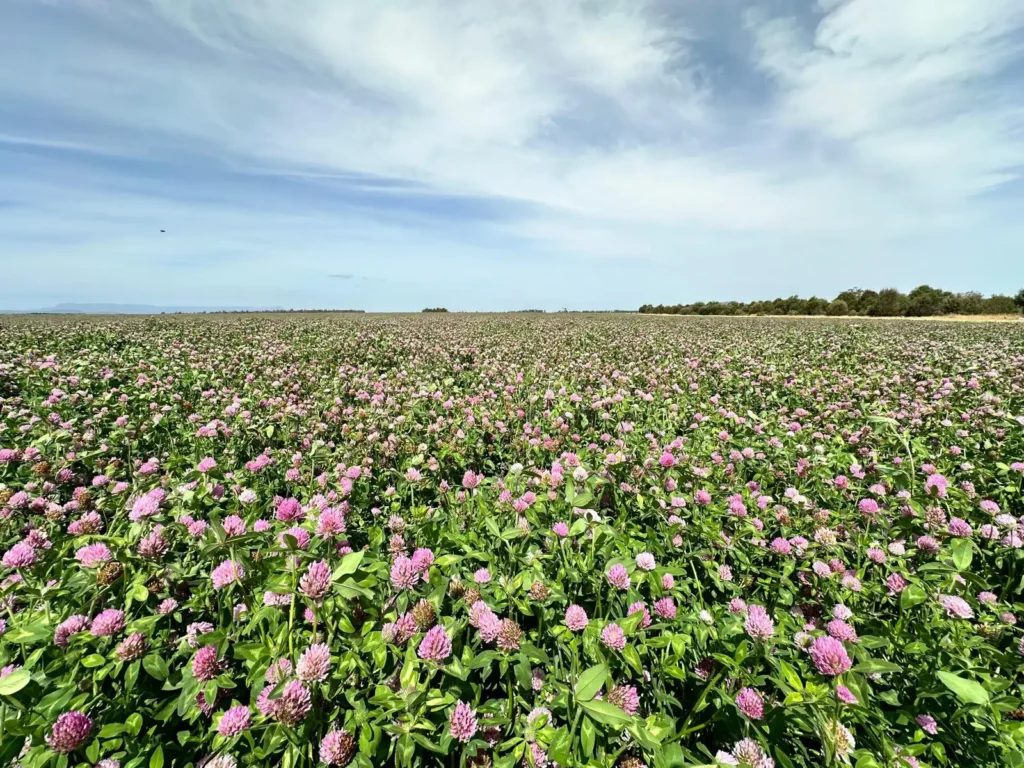
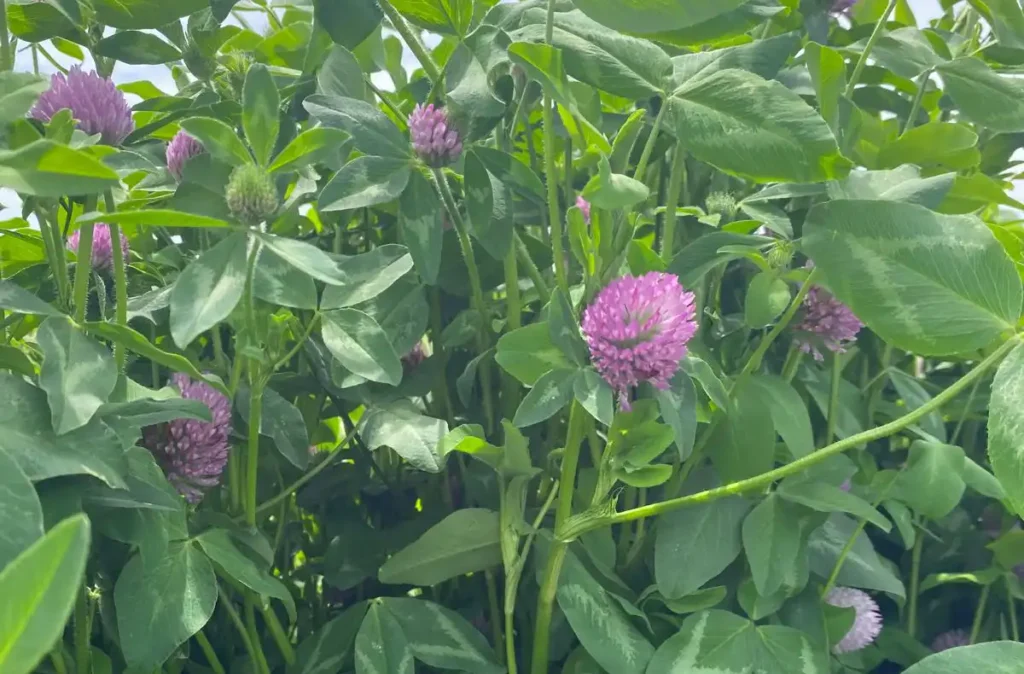
Key Features
Excellent for hay or silage production
Yields well under grazing and conservation
High in protein, ideal for fattening lambs
Great as a break crop that improves soil structure and fertility
Plant Characteristics
Lower oestrogen levels
Semi-upright growth habit
Large leaf
Where can I grow it?
Suited to high rainfall zones
Some summer rainfall will significantly improve persistence
Performs very well in heavy soils
Frequently Asked Questions
Soil Type
Best suited to well-drained, fertile, slightly acid to neutral soils.
Fertility
Good base rates of phosphorus are necessary for maximum DM production especially during the establishment phase. Established AberClaret clover will benefit from annual phosphorus and potassium applications if hay/silage is being produced.
Sowing
AberClaret should be sown no deeper than 10mm, at a rate of 4-6 kg/ha (in pasture mix) / 8-12 kg (pure sward). New plants growth can be sensitive to frost damage so avoid sowing in frost-prone paddocks or sow outside frost-prone periods. Inoculation with Group B strain of rhizobia is essential for nodulation and nitrogen fixation.
Disease and Pest Management
Monitor regularly for insect damage during emergence from pests such as red-legged earth mite (RLEM) and lucerne flea and spray if required.
Weed Control
Always use knockdown herbicide to ensure sowing into a clean seedbed. Monitor for post-emergent weeds and spray as required. Always read the label or consult your UMS agronomist prior to spraying as herbicide tolerances can differ between red clover varieties.
Grazing
Do not overgraze in the first season but light grazing will help to enhance production levels. Avoid set stocking, rotational grazing is essential to ensure persistence, due to AberClaret’s upright growth habit.
Feed Quality
Makes high quality hay that has good leaf-to-stem ratio. Can be included in permanent perennial mixtures, adding high quality in the first 1–2 years. Potential to increase feed quality when sown with summer crops or combines well with short-term ryegrasses.
Animal Health
Red clover can contain levels of oestrogen, which may adversely affect the performance of breeding stock. By choosing a low oestrogen variety such as AberClaret the risk is reduced. To optimise livestock weight gain and health, ensure livestock are vaccinated and drenched. To prevent nutritional problems, make gradual diet changes when introducing hungry stock to lush pastures. Contact an UMS agronomist for more information.

